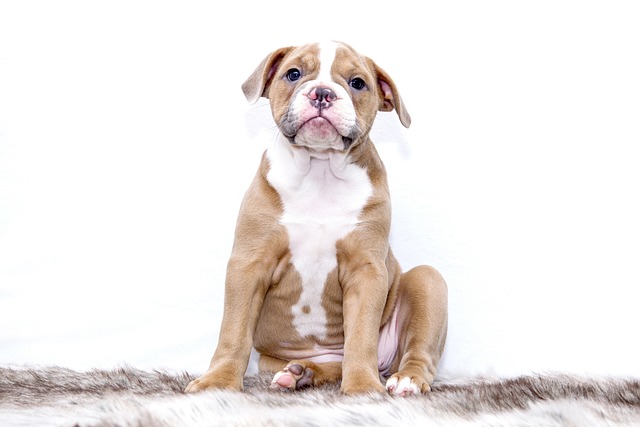Picture this: Your golden retriever barrels through Arizona's dusty trails, then stops abruptly, pawing frantically at his reddened eye. Or your bulldog gets shampoo suds in her eyes during a bath in your Seattle apartment's cramped bathroom. That panicked question—"What can I flush my dog's eyes with?"—demands immediate but careful action. While grabbing your contact lens solution seems logical, human products contain boric acid and preservatives that can cause corneal ulcers in dogs. Let's navigate this safely.
Canine eyes have critical differences from ours. A dog's cornea is only 0.5mm thick (half of human thickness), and their tear pH ranges from 6.2-7.4 versus our acidic 5.5. Human saline solutions lack proper buffering agents, causing stinging and inflammation. In a documented Phoenix case, a terrier developed chemical burns after well-meaning owners used generic eye drops. For true emergencies, vet-approved eye flush solutions are your only safe choice—specifically sterile, preservative-free products labeled for canine use.
When debris strikes, act calmly but quickly. First, restrain your dog gently on non-slip flooring (bathroom tiles work perfectly). Tilt their head sideways over a bowl—never upward, to avoid fluid draining into sinuses. Using a sterile eyewash bottle or syringe, flush from the inner corner outward for 30 seconds. Follow with vet-recommended saline-soaked cotton balls to wipe crust from fur (never rub the eyeball!). Immediately reward cooperation with high-value treats like turkey bits—this positive reinforcement builds trust for future care. For apartment dwellers, keep a designated "eye emergency kit" in your bathroom cabinet: sterile saline, cotton pads, and treats in sealed containers away from humidity.

This integrates with non-negotiable U.S. ownership standards. Legally, ensure rabies vaccines are current—required in all states before any vet visit for complications. Culturally, never scold pawing or whining during flushing; instead, use distraction techniques like lick mats. Stress spikes cortisol, worsening inflammation. Urban owners should avoid flushing during high-pollen hours (check local allergy alerts); in Atlanta's spring, morning dew carries irritants. Post-flush, use harnesses instead of collars on walks to avoid neck pressure that increases eye pressure.
Community responsibility is crucial. Carry extra biodegradable waste bags—a dog distracted by eye discomfort might have accidents, and cities like Austin impose $300 fines for uncollected waste near trails. Store saline bottles securely; curious children in family homes might mistake them for toys. If redness persists after flushing, skip internet remedies—California requires prescriptions for ophthalmic antibiotics anyway. Consistent pet first aid compliance prevents emergencies while showing respect for shared spaces in apartment complexes.
Remember: Flushing buys time but isn't treatment. Cloudiness, bleeding, or squinting beyond 12 hours demand immediate vet care. By pairing safe flushing techniques with vaccination compliance and positive reinforcement, you protect those precious eyes responsibly.






